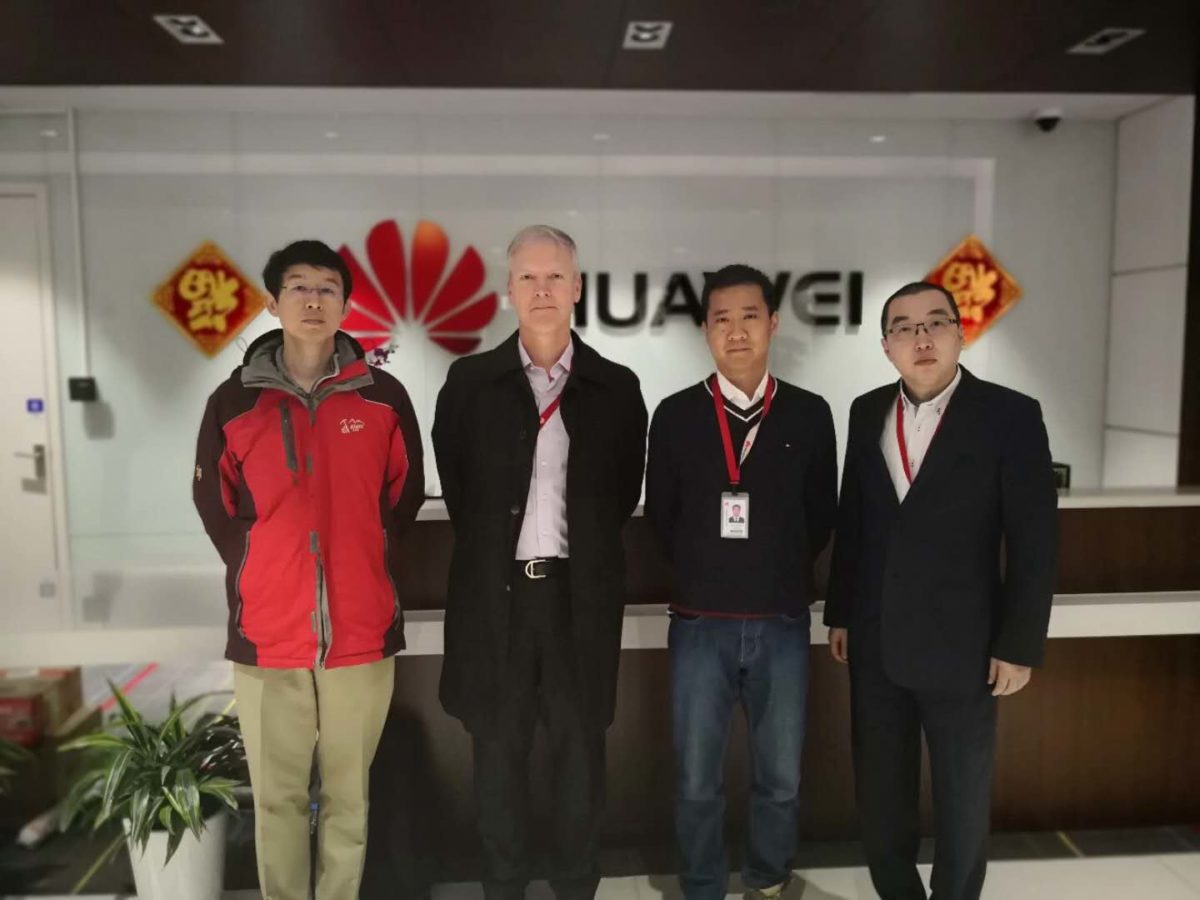It is a challenging project, not only because of its size but because the plant is being built on top of contaminated land, specifically the discharge of an old zinc mine. This hazardous discharge has been sealed off by a protective membrane, which in turn has been covered by a sizable layer of soil. But Rick has the background to master such challenges: He has worked in the PV industry for 29 years and has been involved in PV project development, engineering, procurement, and construction in a wide range of projects.
I met Fransen this May at the launch ceremony of another landmark project in the Benelux region, an 18.2 MW battery storage facility powered by 140 Tesla Powerwall batteries in Belgium’s Flanders region. This facility is tasked with stabilizing the European electricity grid, and eventually it will form part of a DC micro-grid involving both ground-mounted and floating PV power plants.
During our conversation next to these rows of Tesla batteries we also talked about the inverters being used in his 45 MW PV power plant. Here the choice was clear: Huawei would be the vendor of the inverters and Huawei’s string inverters would be deployed at this plant. Rick is very keen to avoid any downtime at this facility and by selecting Huawei’s string inverters to do the power conversion, he can quickly switch out inverters in case of malfunction. He also likes the reliability of the Huawei string inverter: the fan-less natural cooling of the inverters gets rid of a common failure point with inverters. He even points to the fact that Huawei has removed the display screen on the inverter to make the housing even more resistant to the environment. And in aggressive environments like an old zinc mining field, such precautions can lead to fewer outages and as a result, better returns for the investors in such a power plant.Rick also points to the smart I-V curve analysis Huawei offers for its FusionSolar Smart PV Solution. This analysis is automated and looks at the I-V curve of each string in the PV power plant. Utilizing an advanced diagnosis algorithm, Huawei’s smart I-V curve analysis takes individual string-level data from the field and compares it to normal and abnormal patterns of the I-V curve. If abnormal patterns are detected, the smart I-V curve analysis can even render a fault analysis. For example, it can tell the O&M service provider that the fault is related to module shading or module defects, such as cracked glass.
The O&M provider can do all of this remotely and such a solution expedites problem-solving and minimizes the cost of sending specialists out into the field. So for Rick Fransen the clear favorite among inverter manufacturers is Huawei. As we show in this latest special edition on Huawei’s inverter technology and solutions, much of this expertise Huawei brings to the global PV industry stems from its more than 30 years of information and communications technology (ICT) innovation and projects in 170 countries across the globe. It is one of the leaders in mobile 5G technology and we can be sure that this technological prowess will continue to provide smart and cost-saving solutions to our industry.
This content is protected by copyright and may not be reused. If you want to cooperate with us and would like to reuse some of our content, please contact: editors@pv-magazine.com.
